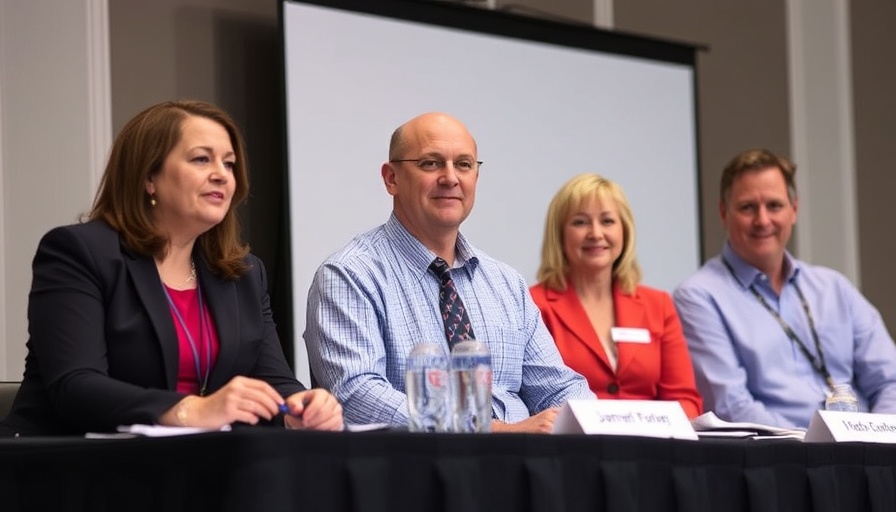
Understanding the Growing Skepticism Towards Health and Science
In an era defined by rapid advancements in medical science and technology, a concerning trend has emerged: a growing skepticism among the public towards health and scientific guidelines. Experts suggest this skepticism is fueled by a combination of misinformation, societal distrust, and personal experiences that clash with established scientific facts. This article explores the roots of this skepticism and its implications for individuals and communities.
The Role of Misinformation
Misinformation, especially in the digital age, spreads rapidly and often leads to confusion surrounding health topics. According to a 2022 study by the Pew Research Center, approximately 90% of adults in the U.S. encounter health-related misinformation online. This plethora of conflicting information can erode trust in credible sources, such as public health institutions and scientific communities. Experts emphasize the importance of correcting misconceptions through educational initiatives that engage the public and present information transparently.
Analyzing Societal Distrust
Skepticism is often rooted in a broader context of societal distrust towards authority figures and institutions. This tendency has intensified in recent years, particularly during the COVID-19 pandemic, where shifting narratives and perceived inconsistencies in messaging have led many to question the reliability of health recommendations. “When people feel that their voices aren’t being heard or included in discussions, they become hesitant to accept outside advice,” notes Dr. Sarah Ellis, a leading public health expert. Building bridges between health officials and communities can foster a sense of collaboration and improve public trust.
Implications for Health Professionals
For health professionals and organizations, these trends in skepticism probe deeper questions about how to engage effectively with a public that might be dubious of their expertise. Interactive communication platforms, town hall meetings, and community outreach initiatives are paramount. By including community members in discussions about health policies, healthcare providers can encourage understanding and cooperation. “It’s not just about disseminating information; it’s about listening and responding to the community’s needs,” explains Dr. David Lin, a health educator.
Future Predictions: Navigating the Path Ahead
As health communication continues to evolve, the reliance on digital platforms for information will likely remain. Future predictions indicate that addressing health skepticism will require more than just broadcasting facts. Health professionals may need to engage more assertively via social media and interactive platforms to combat misinformation intelligently. Workshops and seminars led by trusted figures in the community can also help bridge the gap between skepticism and understanding, fostering a more informed public.
Mitigating Risks Through Education
Enhancing science literacy has emerged as a critical strategy in countering health skepticism. Implementing educational programs that prioritize health and science from an early age will generate a population better equipped to discern valid health information from conjecture. By nurturing curiosity about how scientific inquiry works, communities can foster a culture that values evidence-based practices over myths and misinformation.
The Value of Transparent Communication
In closing, the path to restoring trust in science and health communication entails acknowledging public fears, engaging openly with communities, and prioritizing educational initiatives. Transparent communication that actively involves the public in the science-wellness dialogue is essential. The time has come for health and wellness professionals to serve not just as experts but as allies in the quest for understanding, removing barriers between scientific knowledge and community acceptance.
Ready to navigate the growing skepticism towards health and science? Engage in your local community’s health discussions, seek credible sources of information, and share your voice. Together, we can foster trust and understanding in health and wellness.
 Add Row
Add Row  Add
Add 



Write A Comment